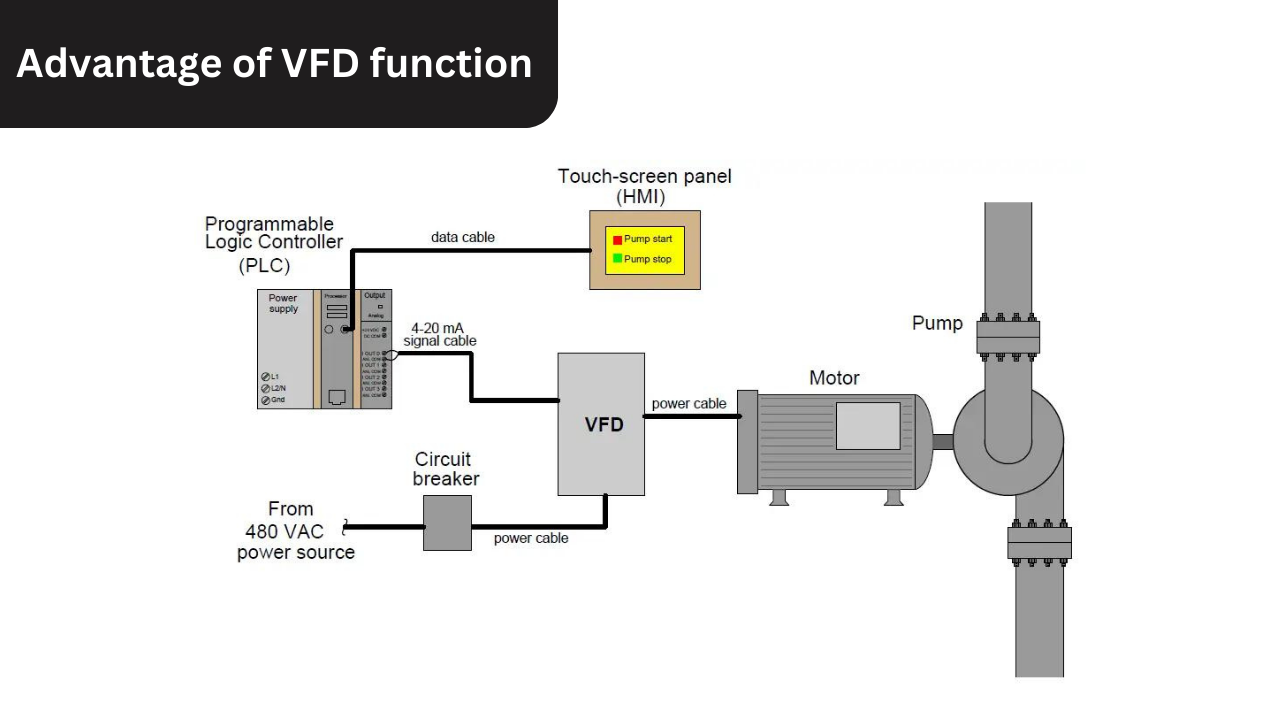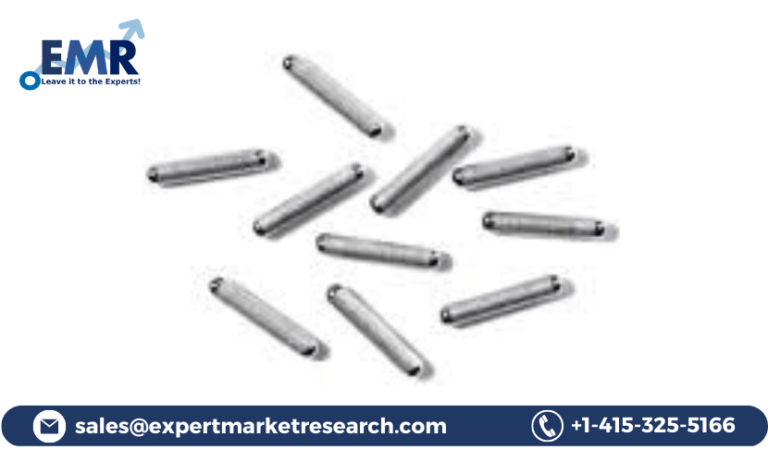Advantage of VFD function
Advanced VFDs frequently come with features that provide the user more control and flexibility. Here are a few cutting-edge functions that are frequently seen in VFDs:
-
Communication protocols:
The ability to connect with other devices like PLCs, HMIs, or SCADA systems is made possible by the built-in communication protocols included in many VFDs, such as Modbus or Ethernet/IP.
The ability of sophisticated Allen Bradley Variable frequency drive to connect with other devices, such as PLCs, HMIs, or SCADA systems, is facilitated by communication protocols. In VFDs, the following communication protocols are frequently used:
- Modbus: The VFD can interface with other devices like PLCs or HMIs thanks to the widely used Modbus communication protocol. Modbus is a master-slave architecture-based serial communication protocol.
- Ethernet/IP: The VFD can connect via an Ethernet network thanks to the industrial communication standard Ethernet/IP. Industrial applications that call for high-speed data transport frequently employ Ethernet/IP.
- DeviceNet: A popular communication protocol in industrial automation applications is DeviceNet. The VFD may talk to other devices like sensors or actuators thanks to DeviceNet, a multi-master serial communication standard.
- Profibus: Process automation applications frequently employ the communication protocol profibus. A serial communication standard called Profibus enables the VFD to interact with other devices including sensors, actuators, and HMIs.
- CANopen: Commonly utilised in embedded systems and industrial automation applications is the communication protocol CANopen. A serial communication standard called CANopen enables the VFD to interact with other devices including sensors, actuators, and HMIs.
In conclusion, communication protocols are a crucial component of sophisticated VFDs that enable the VFD to interact with other components like PLCs, HMIs, or SCADA systems. Modbus, Ethernet/IP, DeviceNet, Profibus, and CANopen are a few of the communication protocols that are often used in VFDs. The devices that must connect with the VFD and the specific application needs will determine the communication protocol to be used.
-
Programming options:
Some VFDs have programming options that let the user alter how the VFD functions. This may entail the capability to design unique functions or algorithms or to construct scripts that carry out particular tasks automatically.
A sophisticated element of VFDs that enables user customization of the VFD’s functionality is programming choices. The following list of programming choices is typical for VFDs:
- Custom functions: Custom functions that may be utilised to automate particular operations can be created using VFDs. For instance, when a certain input signal is detected, a custom function may be utilised to ramp up the motor to a particular speed.
- Algorithms: The option to create unique algorithms for controlling the motor speed and torque is offered by some VFDs. As a result, the user may be able to design unique control schemes for certain applications.
- Scripts: The capacity to create scripts that may automate particular processes can also be found in VFDs. A script might be used, for instance, to switch the motor on or off at a certain time of day.
- Timers and counters: VFDs frequently come with timers and counters that may be used to regulate how they work. For instance, the motor might be set to shut off after a predetermined period of time using a timer.
- Logic functions: VFDs have logic components including AND, OR, and NOT gates that may be used to regulate how they operate in response to input signals.
- Data logging: Data logging capabilities for motor speed, torque, and power consumption are available in some VFDs. This can be helpful for keeping an eye on the motor’s performance and spotting possible problems.
Also Read:- Allen Bradley PowerFlex 4M AC drives
-
Motor parameter identification:
Some VFDs have functionality for identifying the motor parameters, which enables the VFD to recognise the motor parameters automatically and set the appropriate VFD settings as a result.
- Motor voltage: The VFD has to be set up to match the voltage of the active motor. Typically, the motor nameplate specifies this.
- Motor current: To appropriately design the VFD, the maximum current that the motor will use must be determined. Typically, the motor nameplate specifies this.
- Motor speed: To design the VFD to work within these constraints, the motor’s maximum and minimum speeds must be determined.
- Motor frequency: The VFD has to be set up to send the motor the proper frequency. Typically, the motor nameplate specifies this.
- Motor power: To manage the power needs of the motor, the VFD must be adequately scaled. Typically, the motor nameplate specifies this.
- Motor efficiency: To design the VFD optimally for energy savings, the efficiency of the motor must be determined.
- Motor inertia: To design the VFD appropriately to regulate the motor speed, the inertia of the motor and any related loads must be determined.
-
Energy savings optimization:
The inertia of the motor and any relevant loads must be calculated in order to properly build the VFD to control the motor speed.
-
Sensorless vector control:
Sensorless vector control, which offers more accuracy and control over the motor speed and torque, is a feature of some VFDs.
-
Harmonic mitigation:
Some VFDs have harmonic mitigation features that lessen the harmonic distortion the VFD produces.
-
Safety features:
Advanced safety features for certain Rockwell Automation AC Drives include ground fault protection, motor overload protection, and fault detection and protection.
In conclusion, sophisticated VFDs frequently have features like communication protocols, programming choices, motor parameter identification, energy savings optimisation, sensorless vector control, harmonic mitigation, and safety measures that provide the user more control and flexibility. The performance, effectiveness, and dependability of the VFD and the motor system may be enhanced by these qualities.
When you require variable frequency drives for your manufacturing industry system, Asteam Techno Solutions Pvt Ltd is here to help you. With an inventory of obsolete and surplus spare parts and a team of qualified engineers, there’s no breakdown or fault we cannot solve. Wherever you are in the world, Asteam Techno Solutions Pvt Ltd is the best Industrial Automation parts supplier and solutions provider in India as well as globally. Get support for all types of equipment from AC, DC and servo drives through to PLCs, HMIs and other automation parts. Hard to find parts are a specialty, with fast shipping on obsolete parts from all brands including Allen Bradley, Mitsubishi, Omron, Siemens, Schneider, Moxa, VIPA and more.







